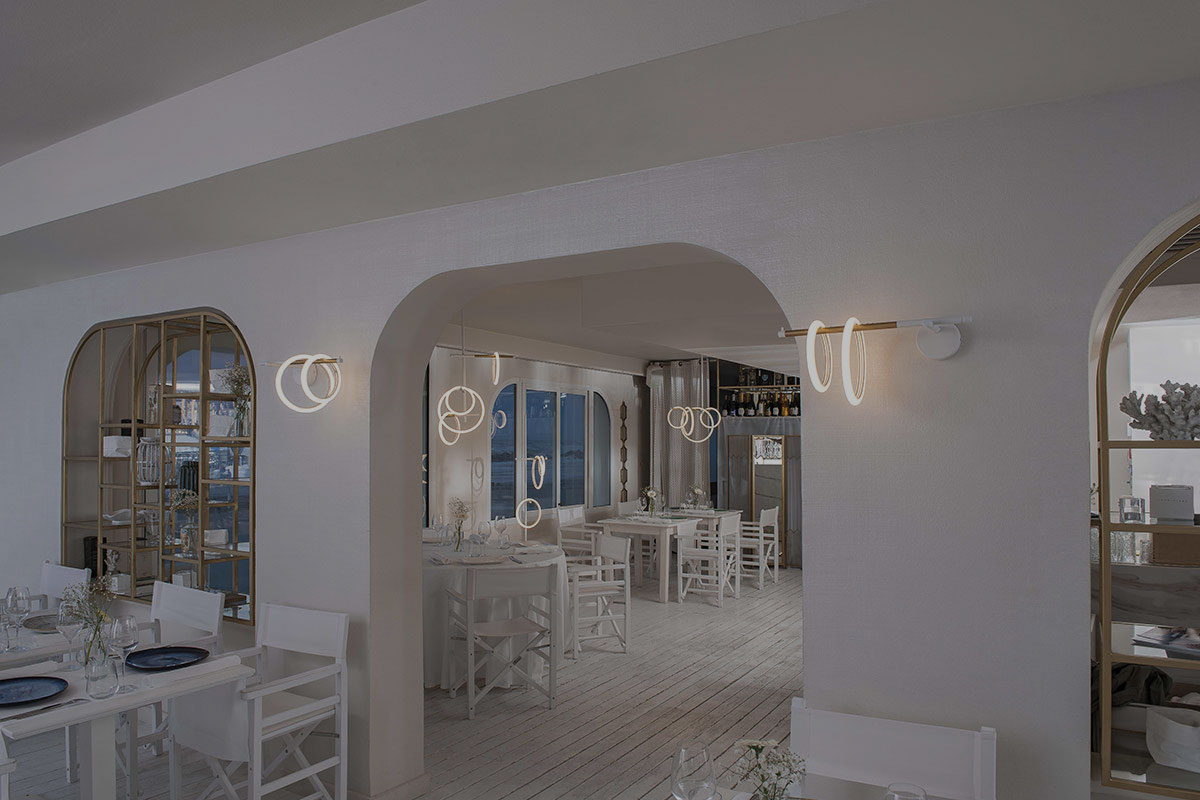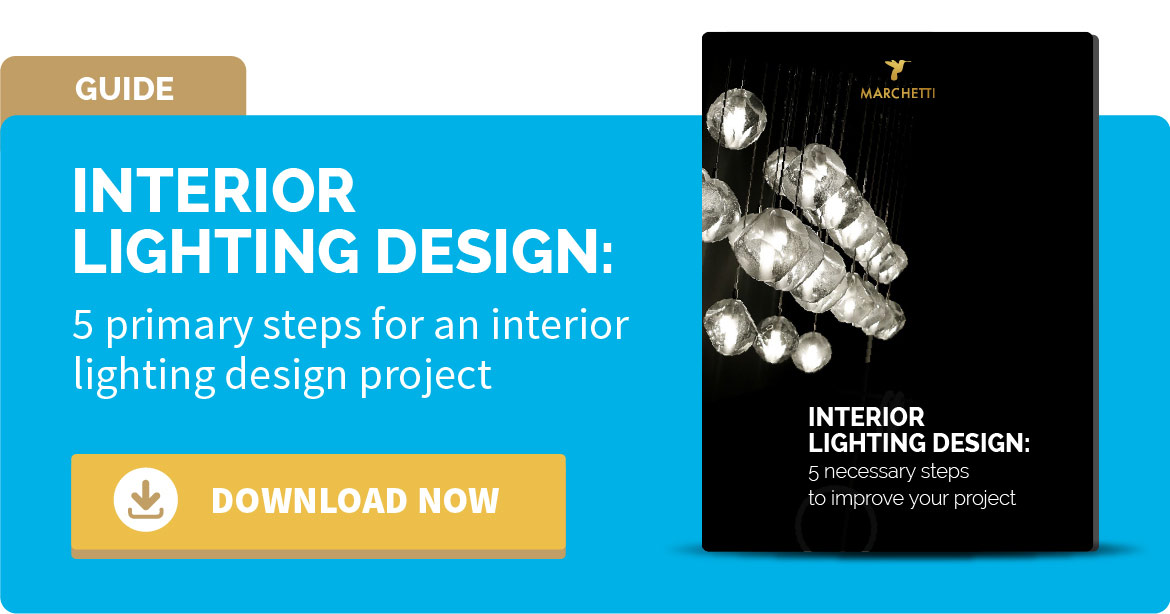Lighting a restaurant in the right way means being able to expand the dwell time of diners, which economically translates into a greater amount of food and drink consumption.
In the past, it has already been shown that larger plates make the portions appear smaller and that if the dishes are the same shade as the tablecloth and different in color from the food, the portions are reduced perceptively by 10%, because the top is fuller to our view.
A restaurant is a place where you meet to relax, talk and share emotions.
The lighting,therefore, must necessarily be integrated into the furnishings and architecture, even managing to be consistent with the style and the choice of colors.
In addition, the light must know how to bring out the dishes in the right way, highlighting the colors, freshness and details. Let’s see what are the rules for lighting a restaurant at its best, starting from the lighting of the outside.
How to best illuminate a restaurant
It is said that there is only one occasion to make the first impression: the exterior lighting of the restaurant is the restaurant’s calling card, that element of marketing that helps make the restaurant different, diversify it and make it recognizable, unique in the panorama of the restaurant premises.
To properly illuminate the façade and the name of the restaurant is of fundamental importance to offer a satisfying and welcoming experience to customers from the first visual approach.
When it comes to hospitality, first impressions are important and lighting plays a decisive role in creating the right atmosphere.
The food can be delicious and the drinks refreshing but, if the light is not the right one, the perception that the customers will have will not be true to the reality, which will not allow them to stay long.
Recent research has shown that 72% of respondents left an appointment earlier than expected due to too strong or too weak light.
On the contrary, 74% confirmed that they stayed in a room longer because lighting made them feel more relaxed and at ease.
In any activity where you have to deal with people, the emotional element is fundamental, but you must also take into account that time is money.
For this reason, the emotional side must be combined in a functional way with the business, through strategic lighting that can both give customers a pleasant experience and maximize the restaurant’s profits.
Let’s find out what are the ten golden rules to adopt in your lighting project to create a perfect atmosphere.
The 10 rules to respect to illuminate a restaurant at its best
Below, the fundamental steps to follow to provide optimal lighting for every corner of the room you’re working on:
- Make the importance of your lighting design project clear
- Apply different lights for different functions
- Use the lights to guide customers into the room
- Pay attention to space and design
- Get the right atmosphere
- Use color in moderation
- Shows the actual food color
- Pay attention to customer comfort
- Keep up with current trends
- Select beautiful and functional lamps
We continue in stages.
1. Make the importance of your lighting design project clear
Lighting is often underestimated, preferring to give more attention to furniture. Unfortunately, in many places the lighting is a poorly reasoned outline, the tip of the iceberg to be left as the final part of the project.
Factors such as the positioning of electrical outlets in the layout of the room are essential for lighting design.
If we take the tables, for example, without careful planning, it may happen that only a few tables are illuminated: an effective way to illuminate the individual tables is to install lighting devices such as hanging lamps above each table.
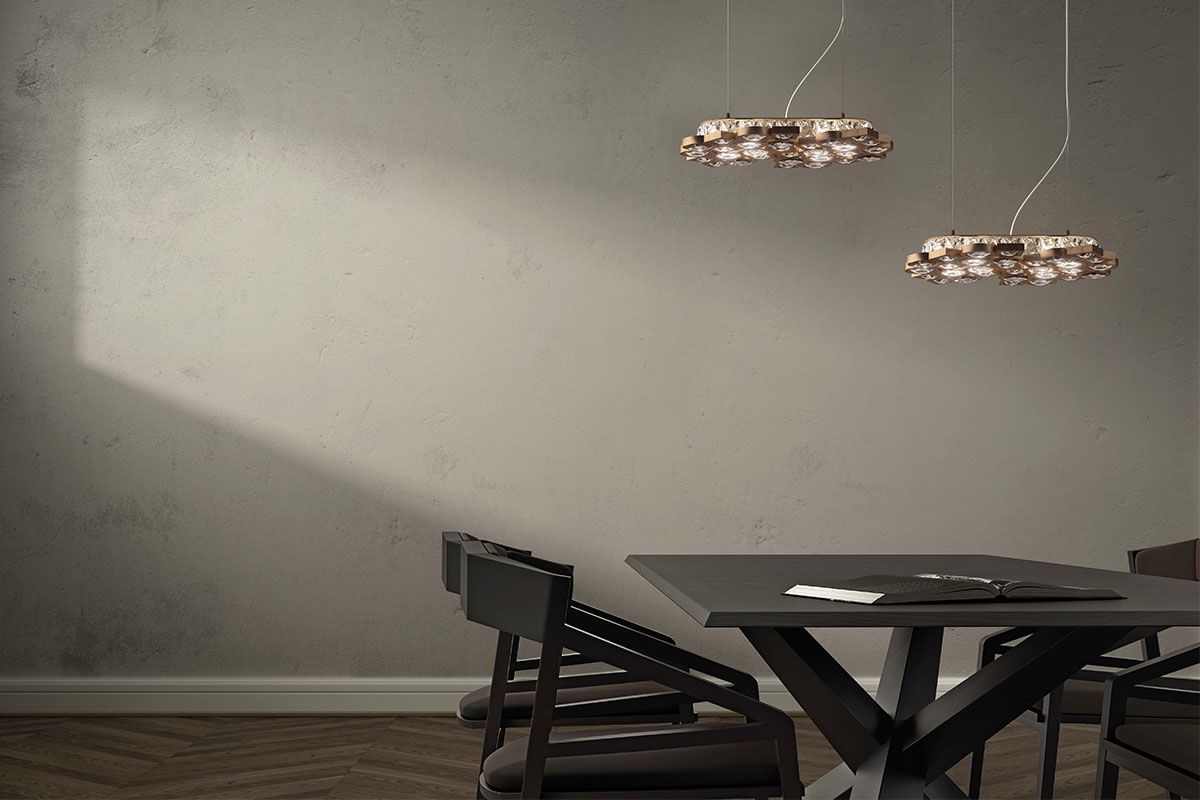
2. Apply different lights for different functions
The first step you need to take is to apply different layers of light, starting from the natural brightness of the environment, which is the main source of light in the restaurant, making you perceive the highest ceilings and the widest walls.
In areas dedicated to the cash register or kitchen, you need to install accent lights. In these areas attention is directed towards the architecture or towards a particular feature: it adopts lighting fixtures with light facing upwards, on the walls or on the columns.
Once this is done, you can dedicate yourself to the fun of decorating with striking lights, useful for personalizing the entire restaurant. In this case, the functional aspect of the lighting can take second place, since it is a matter of creating a personal style whose importance is quite aesthetic.
3. Use lights to guide customers into the room
When customers enter the premises, they must immediately understand how to move, where to go and what they can find in the different areas of the environment.
The correct lighting becomes the fundamental element for the orientation of the customers, pushing their attention towards different focal points of the various areas.
You need to be able to create the focal points through the contrast of brightness, that is, alternating, brighter artificial lights with the natural lights of the environment: a contrast with a 5: 1 ratio is a good starting point to bring out certain areas.
4. Pay attention to space and design
Every restaurant must have a personal style to be able to stand out from the competition. When you find yourself looking after the design of a room, you have to take into consideration three factors, namely the design, the target to reach and the space available.
If your project involves a small restaurant, you may need to highlight only single tables, while if your project is for large restaurants, then you will need to light up several separate areas.
The space, together with the type of design chosen, must necessarily be dictated by the type of target to be reached: pay close attention to the type of target the restaurant intends to address, so you can get the most correct type of lighting for your project.
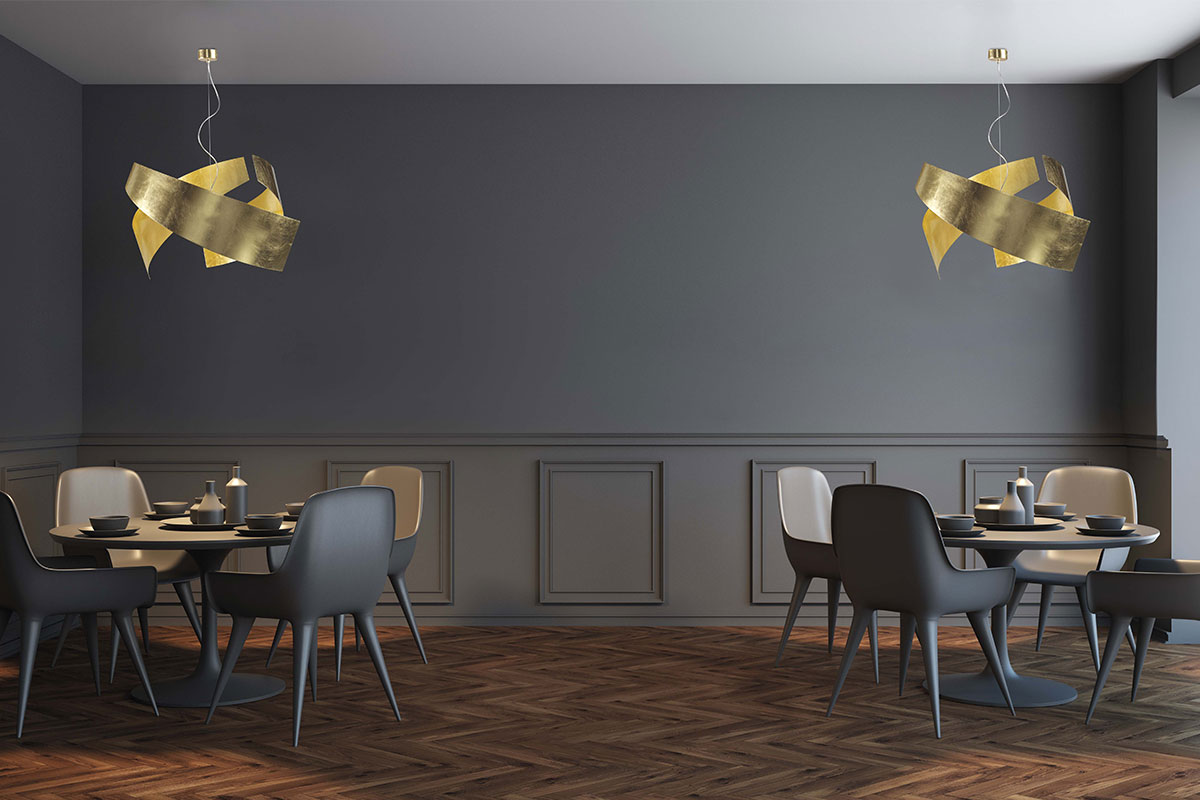
5. Get the right atmosphere
The key to obtaining the right atmosphere is lighting: in general, a warm and comfortable light makes people feel more at ease, especially when temperatures are more rigid, like in winter.
Warm light lamps are those with less than 3000 Kelvin: with the help of a dimmer, you can add an element of flexibility, allowing you to adjust the degree of brightness so that you can create different types of environments.
Furthermore, automatic control systems can help you, as they allow you to program different settings as needed.
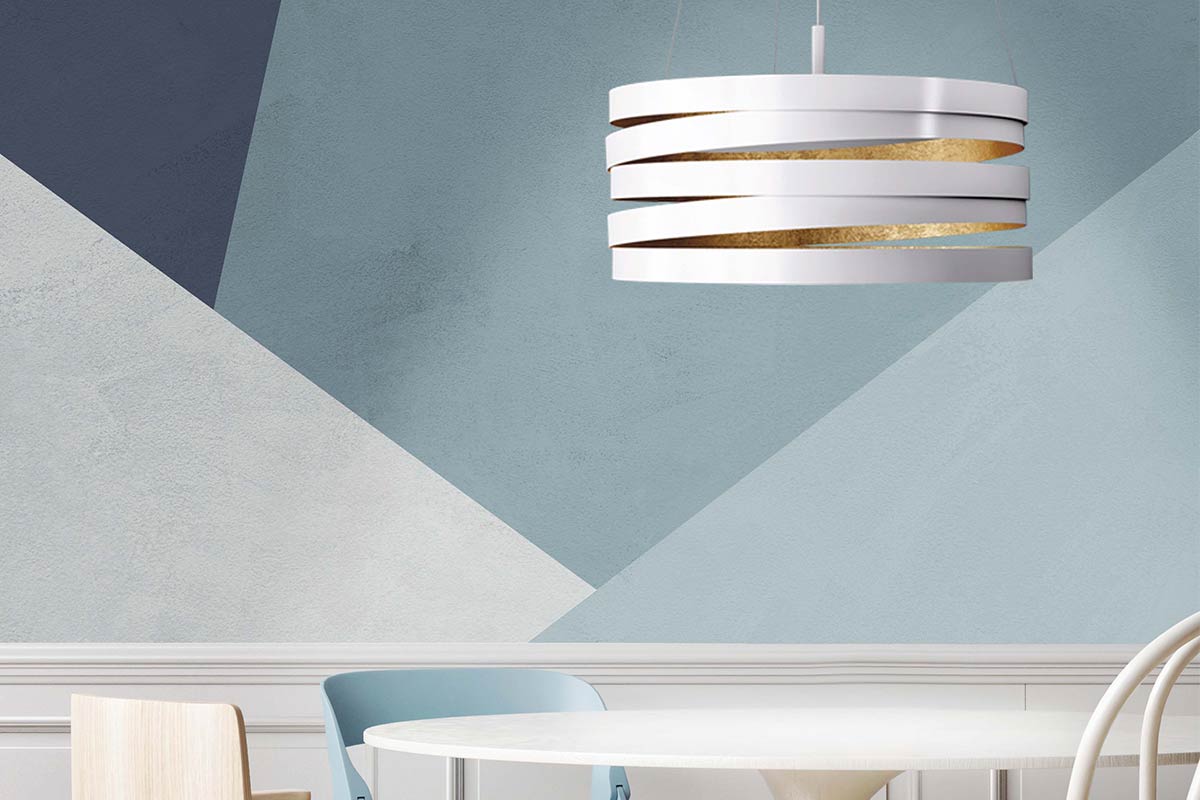
6. Use color in moderation
Restaurants often require soft lighting to create a more relaxed and comfortable environment.
The color of the lights to choose for a restaurant changes according to the concept of the restaurant and are often used to promote the brand, but you must always be careful not to exceed a certain threshold, to avoid having as a result an effect contrary to that hoped for.
Choosing the right colors, with the right intensity and consistent with the style of the room, will prevent you from creating a light plan that will drive people away from the restaurant.
7. Show the real food color
The correct color rendering of a light source is an essential element that you must take into account in your lighting design project, as it will give the restaurant’s customers the real colors of what they have on their plate.
This color rendering is cataloged through the use of a standard index, so the lower the score the lower the color rendering properties of the lamp.
Established that the maximum score is 100, in the kitchen area of a restaurant a minimum of 80 is required, even if a score of 90 would be optimal.
The use of lamps with a wrong color rendering index (CRI) will certainly result in a deviated visual impression of the food, which will not allow the dishes served to reach their maximum color potential at the sight of the customers, the perception of which will have a different impact from that hoped by the restaurant owner for whom you are designing the lighting design.
8. Always pay attention to customer comfort
Regardless of the design, you must always guarantee a certain level of comfort to the customers of the restaurant: guests must be able to read the menu and see the courses in a comfortable manner and without having to resort to any visual effort.
Also, make sure you avoid direct lighting by placing the lamps outside the guests’ field of view, so as not to create unpleasant reflections that will certainly be a nuisance to the eyes of the onlookers, invalidating their experience in the venue.
Attention also to the reflections of the lights due to bright surfaces or mirrors. The presence of these elements, a solution can be represented by the use of diffusers, such as frosted glass, which can certainly prove very useful in not creating unpleasant reflections.
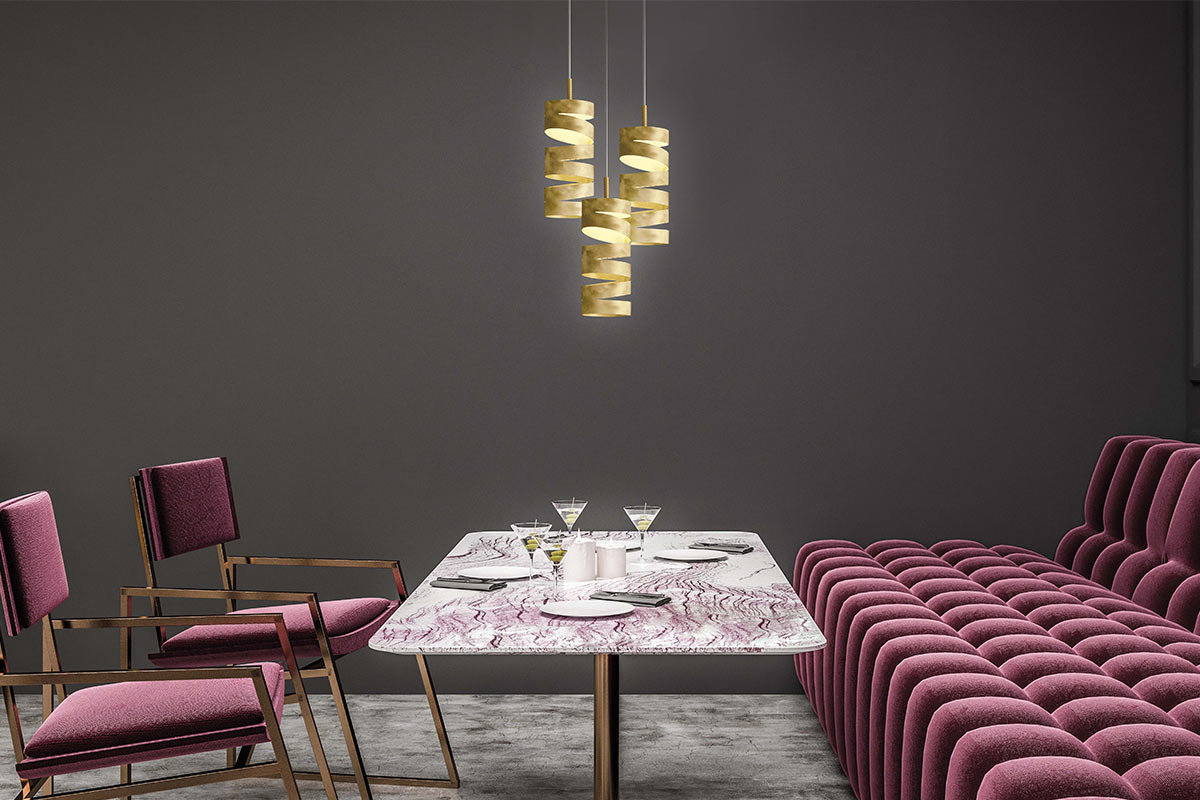
9. Stay abreast of current trends
The trends of the moment are passenger by nature, but some of them are destined to remain. For example, the light sources that lighting design projects use today are open, without lampshades.
Vintage-style lamps with exposed filaments are very popular. If, on the other hand, you intend to use a non-decorative light, many restaurants use LED lights to reduce economic and maintenance costs.
All these do not represent fleeting fashions but, on the contrary, they are examples of trends destined to last over time and to which you can turn with confidence to successfully incorporate them into your lighting design project.
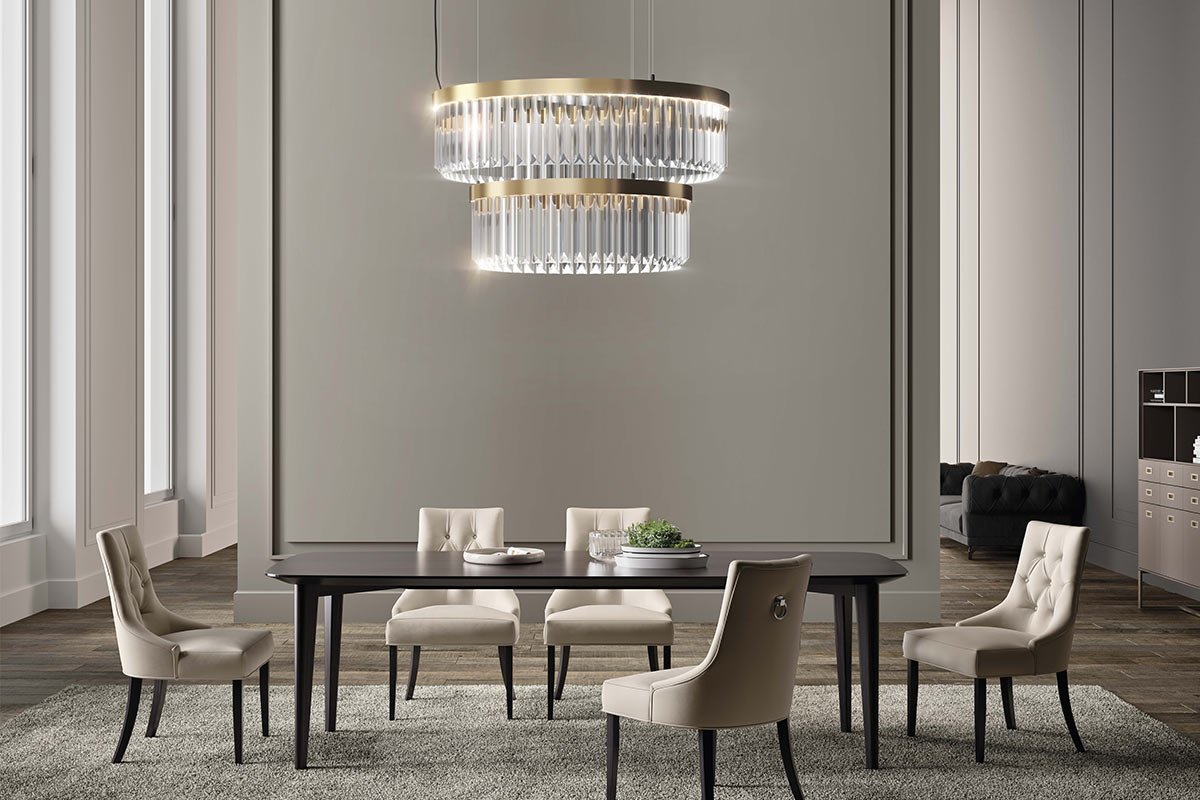
10. Select beautiful and functional lamps
Beautiful or functional lighting design solutions? The answer to this question that is often asked of designers is: beautiful and functional! A good design to be defined as such must also be optimally functional.
With regards to the lighting of the ceremonial hall and, in general, of the rooms used for the consumption of catering meals, it is necessary that it be well distributed and homogeneous, so that every corner of the room is bright and therefore easy to orientate with ease between transit areas.
You can decide to use other lighting points, thanks to which the quality of the comfort of the patrons can be increased, depending on the target of reference. If it is mainly families with children or tables of friends, you can place several wall lamps along the walls of the room to give a sense of greater depth.
If, on the other hand, the restaurant of your project is frequented mainly by couples, then a more intimate, more intimate atmosphere is needed, which you can create through the use of suspension lamps that descend on each table, designed to create intimate spaces.
The intensity of the light must be sufficient to read the menu comfortably and to enhance the visual perception of the flow, without creating the slightest glare.
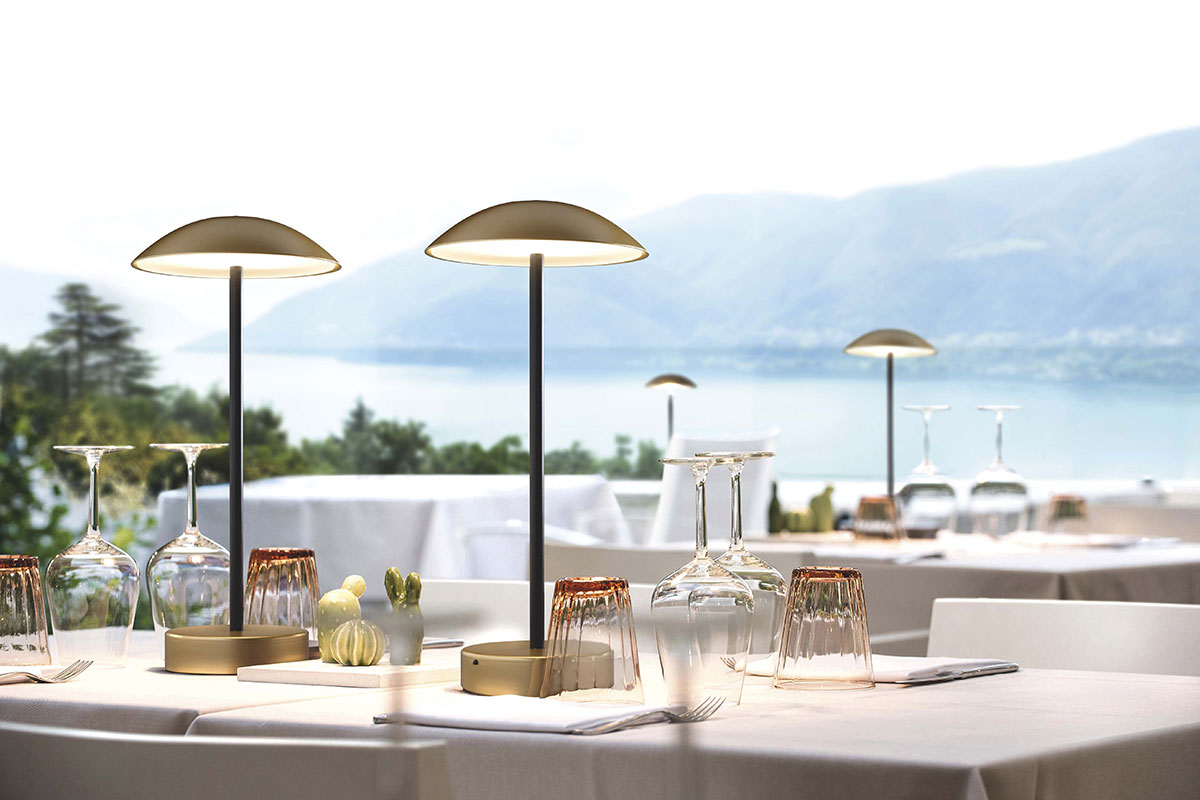
A business clientele usually prefers sophisticated lighting that is able to make the environment bright and elegant, which does not leave excessive space for emotional aspects.
Switching to the cash register, on the other hand, is the last moment of contact with customers. While waiting to pay the bill, customers will look at some details of the furniture.
A beautiful decorative lamp, which is functional to illuminate an artistic or design object that constitutes a furnishing element for the restaurant, can entertain the user and, at the same time, give that extra touch of elegance.
Turning to a LED light system, you can create the right atmosphere for every event, thanks to the compactness and flexibility of these lights that allow you to compose different lighting scenes that will make the restaurant in an always original and suitable place for various situations.
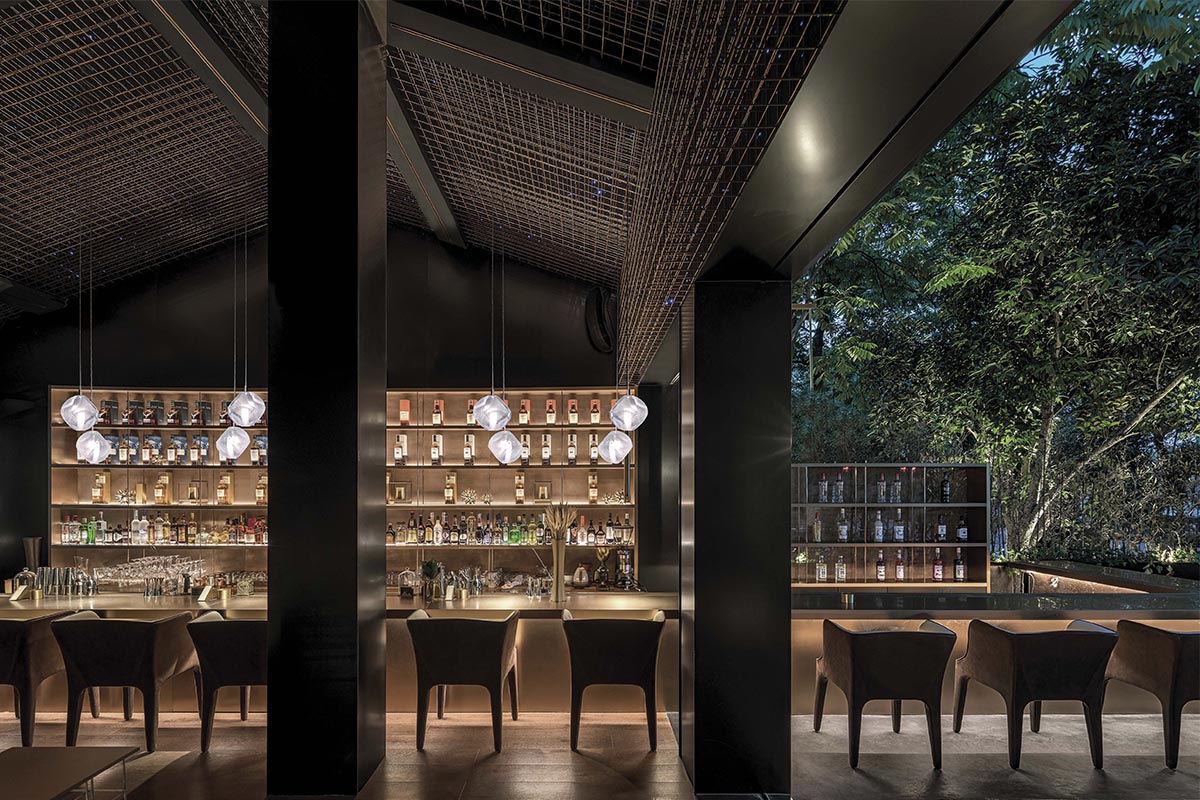
Make your lighting plan a successful project
The 10 rules to illuminate a restaurant at best analyzed in this article, surely represent a precious guideline to make your lighting plan a successful project: follow these rules to guarantee the character and personality of the restaurant that you have to illuminate, making it possible to differentiate from its competitors.
The last recommendation, at the end of the article, is to follow every rule in combination with the personal tastes of your client, so as to create a union between the design and the functionality of the restaurant with the aesthetic needs of the customer who turns to you for make your restaurant a successful restaurant, keeping in mind that the success of your project means the success of your restaurant.

